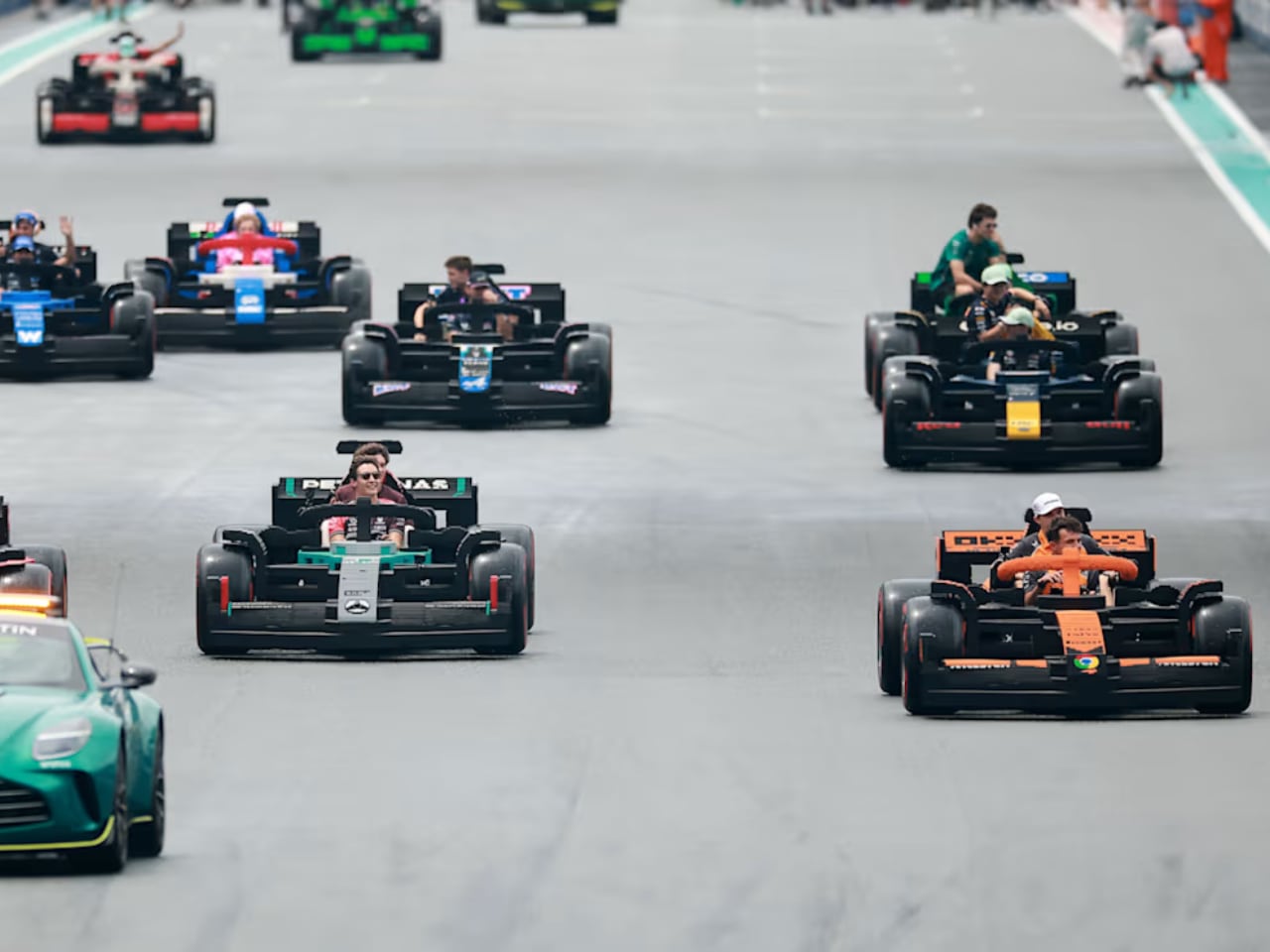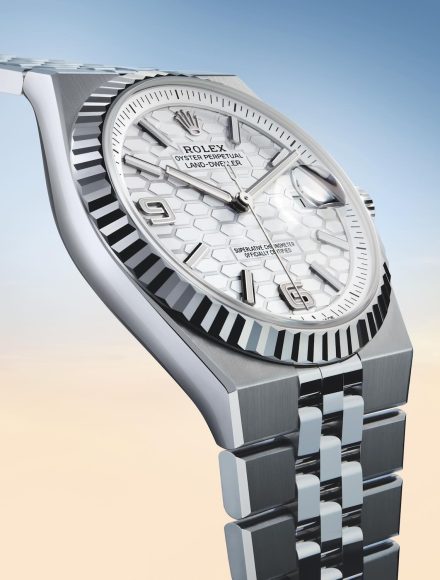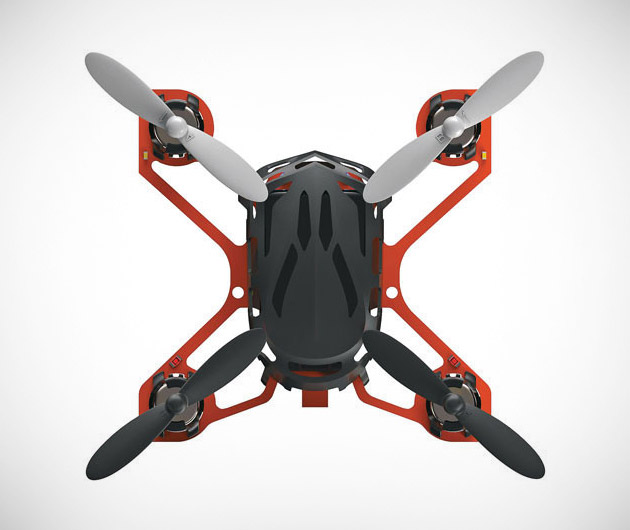LEGO F1 Cars Took Over the Grid and I Couldn’t Look Away

It started as a wide shot on the Miami feed. Then the camera cut to a full-size LEGO McLaren rolling past the paddock. At first glance, it looked like a render dropped into the scene. But every car was there. Full grid. Fully built. All of them moving.

I watched it live, trying to figure out what I was looking at. These weren’t miniatures. They weren’t static showpieces either. Each team had its own full-scale LEGO car rolling down the tarmac, built to match their exact 2025 race liveries. Every front wing, every sponsor badge, even the tire markings—recreated with plastic bricks, layer by layer.

McLaren’s build led with a blast of papaya orange and matte black, shaped with enough edge to still suggest speed. Mercedes followed with surgical detail, its silver and teal color bands mapped across the sidepods like data lines. The Aston Martin design came across sharp and solid in green, while Red Bull’s dark navy and red structure gave off real presence. The shapes held up. So did the proportions. Even with the LEGO texture, the bodywork stayed faithful to the originals.
From the camera angles, you could see how much intention went into each surface. Side intakes were stacked with stepped gradients. Halos were shaped from offset bricks. The floors were sectioned out like they were designed in wind tunnels. This wasn’t a cosplay stunt. These were physical builds with real dimensional control.

You could tell some were mounted over small electric drivetrains. They rolled clean across the grid, with two seats in each car for a team member or guest. When Lando Norris got into the McLaren, the camera locked in. He smiled, gave a wave, and looked completely at ease inside a brick-built version of his race car. The Haas car pulled in just behind, with its white and red color blocking locked in tight, down to the edge lines on the front wing.
Watching from home, I kept catching myself zoning in on textures. The LEGO studs on the wheel covers. The brick layering used to shape bargeboards. Even the sponsor decals weren’t just slapped on—they were designed to sit flush with the geometry. Williams brought their deep navy and orange livery, with clean white contrast down the spine. Ferrari’s build looked bold, with that signature tone of red running uninterrupted from nose to rear wing.
None of it felt throwaway. The cars had structure, identity, and a bit of humor in how faithfully they leaned into the builds. Teams were not only participating but were also actively engaged in the creative process. The execution across all areas was consistent.
You don’t see that kind of activation every race weekend. It felt original. Confident. Fully committed to the bit. LEGO brought something physical to a sport that’s mostly speed and strategy. And somehow, on a grid built for precision, the blockiest cars on track still made one of the cleanest statements.














